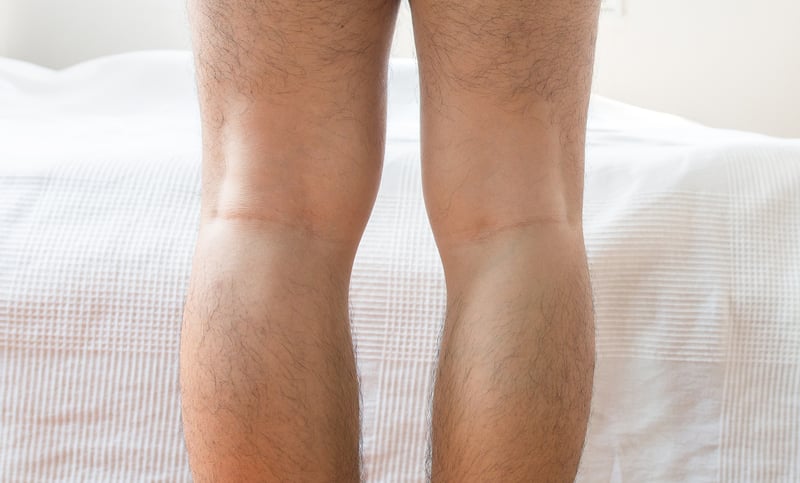Leg Deformities That Can Be Corrected by Limb Lengthening

Leg deformities affect the quality of life for many people. Limb deformities can be present at birth, the result of illness or accidents, or can come on later in life. Deformities can even be caused by a limb fracture that did not heal correctly.
There are several types of deformities that can cause pain and discomfort as well as influence the way people look and feel. If you or a loved one suffer from a leg deformity – now there is a surgical procedure that can offer you a permanent correction.

What leg deformities can be corrected?
If you aren’t familiar with limb lengthening surgery – let’s look at what limb deformities can be corrected by limb lengthening surgery.
Limb length discrepancy. This deformity is usually noticed by parents as a child begins to crawl or walk. A child may be born with different leg lengths, or the condition may be caused by an illness or injury that develops over time. A slight difference in the length of the legs may not cause any symptoms. However, a significant limb length discrepancy may cause a limp and make it difficult to perform normal activities. A serious difference in the length of the legs can also be harmful to the hips and other bone structures as the person ages.
Genu varus. Commonly referred to as bowed legs, this deformity presents as a marked bowing outward of the knees. The lower legs have an inward angle, giving the legs the appearance of an archer’s bow.

This deformity can be caused by skeletal abnormalities, infection, and other conditions that prevent proper bone formation. Diseases such as rickets or Blount’s disease are uncommon but can result in bowed legs. Bowed legs can also be brought on later in life due to physical trauma or by occupations (such as jockeys). It can be present in one or both legs.
In children, most show a slight to moderate degree of genu varus, but during the first year, it usually lessens and is nearly gone by the time the child begins to walk.
Genu valgus. This condition is considered the opposite of genu varus. In genu valgus, the knees angle inward and even may touch each other when the legs are straightened. Commonly called knock-knee, individuals with severe genu valgus are not able to touch their feet together when their legs are straightened. The lower portion of the leg bends outwards, which is the meaning of the term ‘valgus’.
This condition is often seen in children from the ages of two to five. It usually corrects itself as the child grows, but in some cases, the condition may worsen with age. The cause can be from a disease process such as rickets, poor nutrition, it can be congenital or there may be no known cause.
Achondroplasia. This is a condition that presents as disproportionate dwarfism. Individuals are short in stature as an adult due to short limbs, but with an average-sized torso. Dwarfism is a genetic disorder caused by mutations in the FGFR3 gene which interferes with normal skeletal development. For people with this disorder, leg lengthening surgery can be a life-changing process.
The Beginning of Leg Lengthening Surgery
Limb lengthening surgery (distraction osteogenesis) was first performed in the mid-1900s. The concept began as a way to help WWII veterans who had leg fractures that did not heal properly, as well as to correct leg deformities due to dwarfism.
In the beginning, large, external fixation frames were used to gradually spread the ends of the leg bone apart in order to straighten the leg and/or to create height. Over time and advancements in the medical field, limb lengthening surgery has become much less invasive. Now the devices used are internal, which allows for faster healing and less of a recovery time.
Limb lengthening surgery was at one time available only to correct deformities. Now it is available as an elective cosmetic procedure to those who want to become taller.
For those who have leg deformities – limb lengthening surgery can change the way they feel and look. The pain and discomfort that come with many leg deformities can be lessened or eliminated following leg lengthening surgery. It is difficult for people to go through life looking different, and this procedure helps them to lead an optimal life.
The first thing to do if you or a loved one who has continued to suffer from a leg deformity is to request a consultation with a trusted orthopedic specialist. Not every orthopedist is qualified to perform this surgery. Make sure the surgeon that you choose has had the training and experience doing this highly specialized procedure. Your trusted orthopedic specialist will be able to determine if you or your loved one is a good candidate for limb lengthening surgery.


